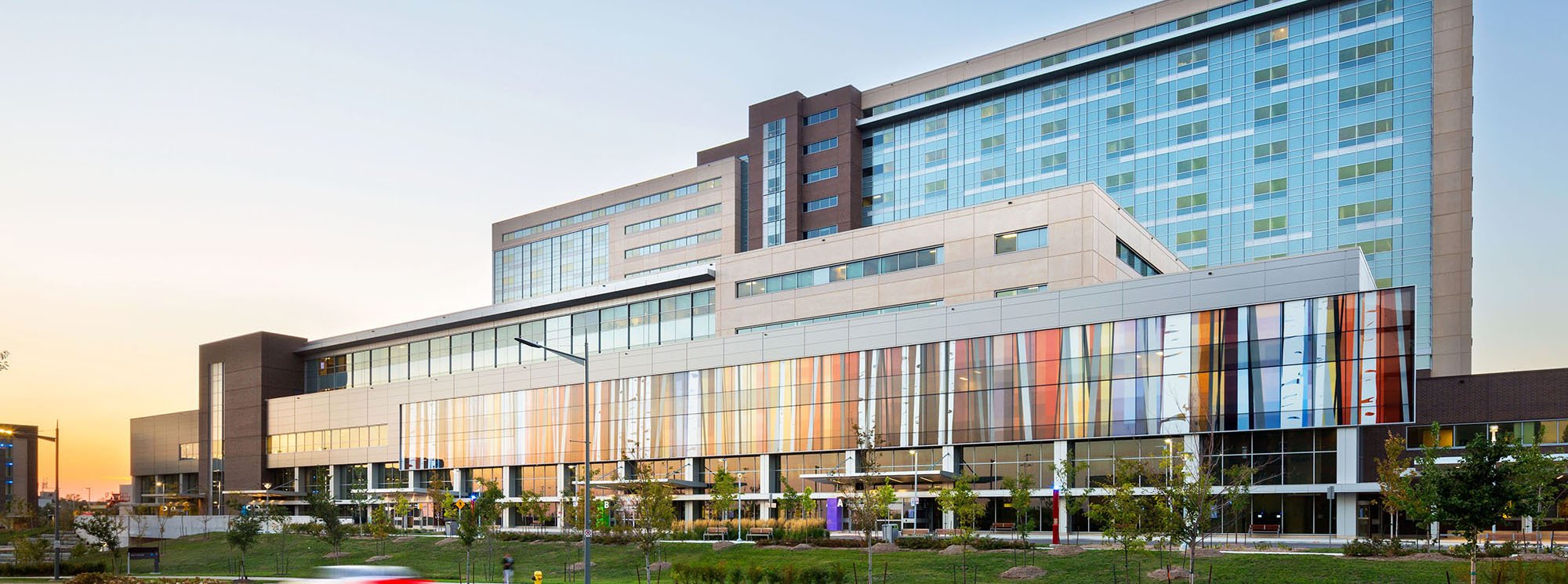Healing Spaces: How Community-Driven Design is Revolutionizing Healthcare

Pioneering Green Healthcare: HDR's Innovative Approach to Sustainable Medical Facilities
In the evolving landscape of healthcare design, LEED Fellow Colin Rohlfing stands at the forefront of creating environmentally conscious medical spaces that don't compromise on functionality or patient care. Through compelling case studies, Rohlfing demonstrates how HDR is revolutionizing healthcare architecture by seamlessly integrating sustainability with cutting-edge medical design.
HDR's approach goes beyond traditional building practices, showcasing how healthcare facilities can simultaneously reduce environmental impact and enhance healing environments. By implementing strategic green technologies and innovative design principles, the firm is proving that sustainable healthcare buildings are not just possible, but increasingly essential.
From energy-efficient hospitals to eco-friendly medical centers, Rohlfing's work illustrates a holistic vision where environmental responsibility and superior healthcare infrastructure coexist. These case studies reveal how thoughtful design can create spaces that heal both patients and the planet, setting new standards in the medical facility construction industry.
